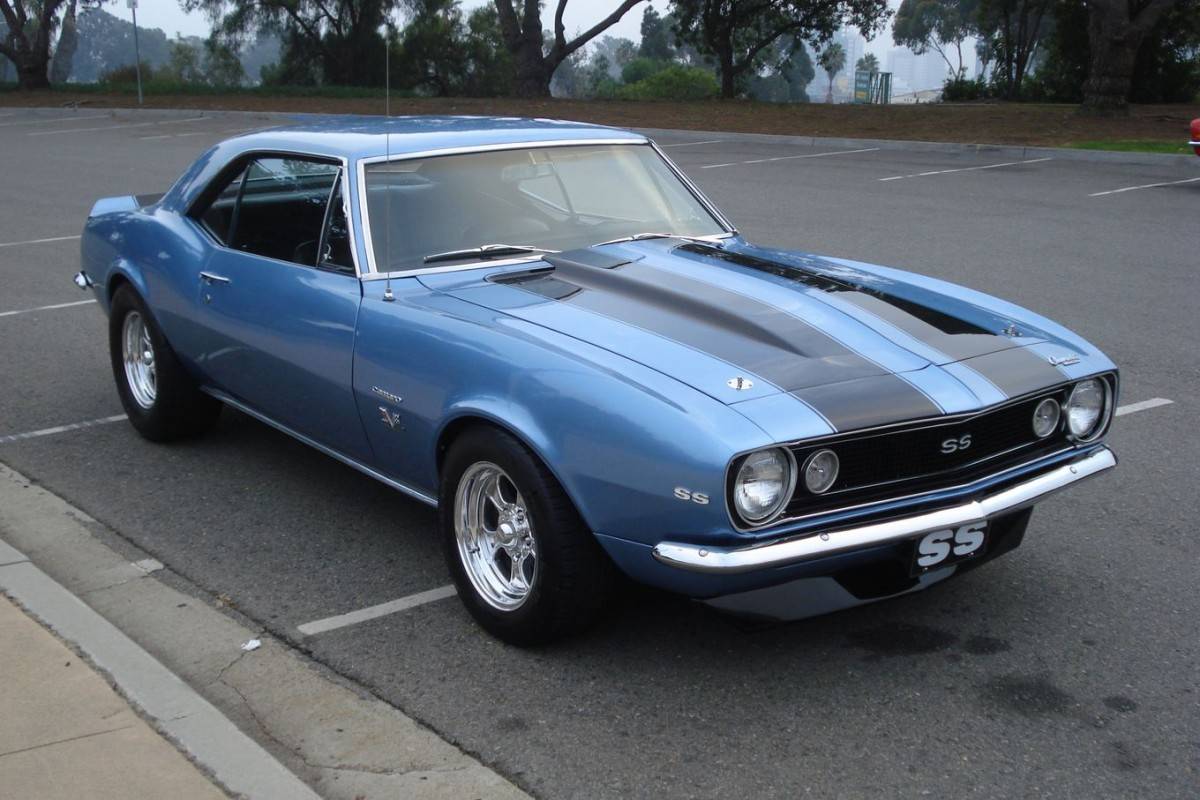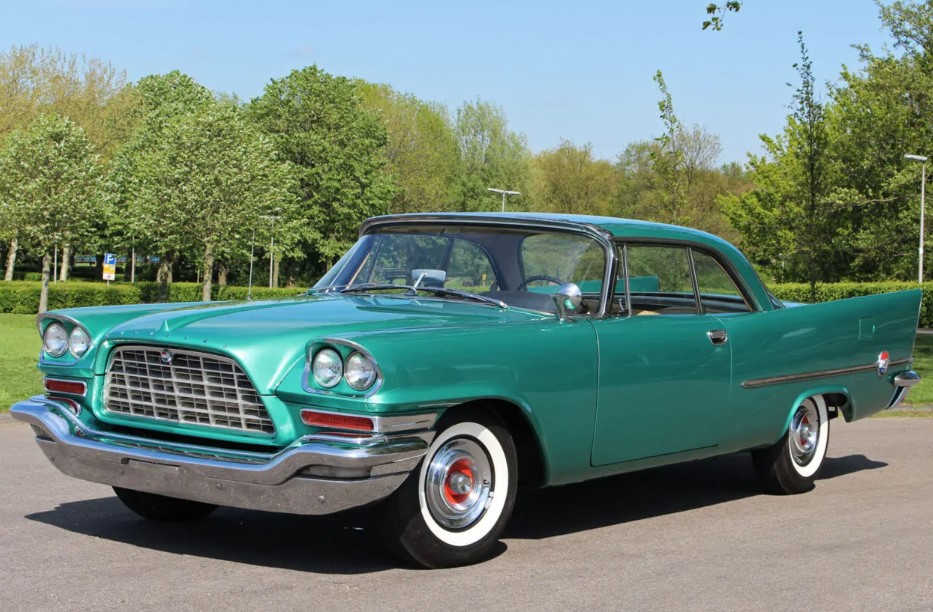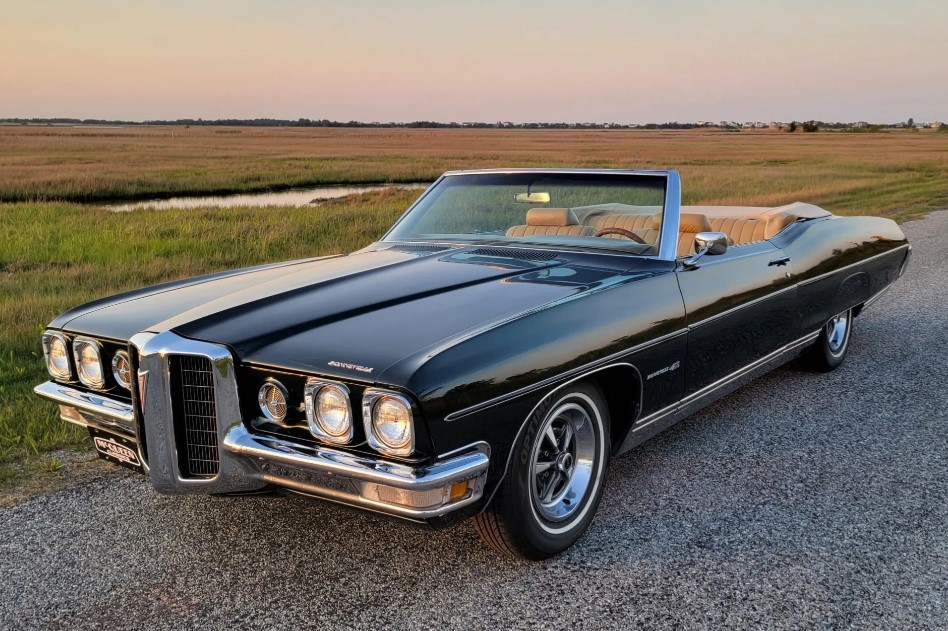In the realm of motorsport, there are legends, and then there is the 1957 Ferrari 250 Testa Rossa. This iconic racing car, with its sleek design, incredible performance, and an enduring legacy, stands as one of the most celebrated and coveted automobiles in the history of motorsports. Born out of the golden age of racing, the Testa Rossa has left an indelible mark on the hearts of enthusiasts and collectors worldwide. In this article, we will delve into the rich history, design, racing pedigree, and lasting influence of the 1957 Ferrari 250 Testa Rossa.
1. Design
The Testa Rossa was designed by Sergio Scaglietti and Pininfarina, featuring a distinctive pontoon-fender design with aerodynamic bodywork. It had a sleek and curvaceous profile, with a long hood and a short tail section.
Pontoon Fenders
One of the most distinctive design features of the Testa Rossa is its pontoon fenders. These fenders extended out from the sides of the car, curving smoothly into the body and blending seamlessly with the overall shape. The pontoon fenders gave the car a sleek and flowing appearance.
Aerodynamic Bodywork
The Testa Rossa featured aerodynamic bodywork that aimed to reduce drag and enhance performance. The smooth curves and contours of the body were carefully sculpted to improve airflow and optimize the car's speed. The low and wide stance of the car further contributed to its aerodynamic efficiency.
Long Hood and Short Tail
The Testa Rossa had a long, sculpted hood that emphasized the powerful engine beneath it. The hood sloped downward, creating a visually striking front end. At the rear, the car had a short, tapering tail that added to its sporty and purposeful appearance.
Grille and Air Intakes
The front grille of the Testa Rossa was narrow and featured a horizontal bar design, giving it a clean and minimalist look. Large air intakes were positioned on either side of the grille, allowing for efficient engine cooling. Additional vents and louvers were incorporated into the bodywork to aid in heat dissipation.
Minimalist Cabin
The interior of the Testa Rossa was designed with a focus on the driver and racing functionality. It featured a simple and uncluttered dashboard with essential instruments and controls. The driver and passenger were seated in bucket seats, providing support and stability during high-speed maneuvers.
2. Engine
The Testa Rossa was powered by a 3.0-liter V12 engine, which produced around 300 horsepower. It featured a double overhead camshaft design and was equipped with three Weber carburetors. The engine was mounted at the front of the car.
Configuration
The Testa Rossa was equipped with a front-mounted, naturally aspirated 3.0-liter V12 engine. It featured a 60-degree V-angle, where the cylinders were arranged in two banks of six, forming the V-shape. The V12 configuration provided smooth power delivery and a thrilling exhaust note.
Power Output
The engine produced around 300 horsepower, which was impressive for its time. It was achieved through a combination of advanced engineering and high-quality components.
Construction
The Testa Rossa's V12 engine featured an all-aluminum construction, making it lightweight and aiding overall performance. The engine block and cylinder heads were made of aluminum alloy, which helped to reduce weight and improve heat dissipation.
Dual Overhead Camshafts
The engine was equipped with dual overhead camshafts (DOHC) for precise control of the intake and exhaust valves. DOHC configuration allowed for higher engine speeds and improved valve timing, resulting in better performance.
Carburetion
The Testa Rossa's V12 engine utilized three Weber twin-choke carburetors. Carburetors are responsible for mixing air and fuel for combustion, and the three-carburetor setup provided optimal fuel delivery and enhanced performance.
3. Performance
The performance of the Testa Rossa was impressive for its time. It had a top speed of approximately 168 mph (270 km/h) and could accelerate from 0 to 60 mph (0 to 97 km/h) in under six seconds.
Top Speed
The Testa Rossa had a top speed of approximately 168 mph (270 km/h). This was a remarkable achievement for a car of its time and class, making it one of the fastest cars of the era.
Acceleration
The Testa Rossa could accelerate from 0 to 60 mph (0 to 97 km/h) in under six seconds. This swift acceleration was achieved due to its lightweight construction, powerful engine, and aerodynamic design.
Racing Success
The Testa Rossa's performance on the racetrack was exceptional. It achieved numerous victories in endurance races, including four consecutive wins at the 24 Hours of Le Mans from 1958 to 1961. It also triumphed at races like the 12 Hours of Sebring and the Targa Florio, showcasing its racing prowess and durability.
Handling and Agility
The Testa Rossa was praised for its exceptional handling and agility. It had a well-balanced chassis and responsive steering, allowing drivers to navigate corners and maneuver with precision. The car's low center of gravity and aerodynamic design further contributed to its dynamic capabilities.
Racing Modifications
To optimize performance for racing, the Testa Rossa often underwent modifications. These included engine tuning, suspension upgrades, and aerodynamic enhancements, all aimed at maximizing speed, stability, and overall performance on the track.
4. Racing Success
The 1957 Ferrari 250 Testa Rossa had a highly successful racing career. It achieved numerous victories in endurance races, including the 24 Hours of Le Mans, where it won four consecutive years from 1958 to 1961. It also won the 12 Hours of Sebring and the Targa Florio, among other prestigious races.
5. Rarity and Value
Limited Production: Ferrari produced a limited number of Testa Rossa cars between 1956 and 1961. In total, only 22 examples were built, making it an exclusive and scarce model.
Historical Significance
The Testa Rossa holds great historical significance in the automotive world. Its racing success, particularly its victories at the 24 Hours of Le Mans, has elevated its desirability and contributed to its iconic status.
Authenticity and Originality
The value of a Testa Rossa is greatly influenced by its authenticity and originality. Cars that retain their original chassis, bodywork, engine, and components are highly prized by collectors and command premium prices.
Auction Records
The Testa Rossa has achieved record-breaking prices at prestigious auctions. Several examples have sold for tens of millions of dollars, making it one of the most expensive and valuable classic cars in the world.
Condition
The condition of a Testa Rossa significantly impacts its value. Cars that have been meticulously restored to their original specifications while preserving their authenticity tend to command higher prices.
The 1957 Ferrari 250 Testa Rossa is considered a masterpiece of automotive design and engineering. Its combination of elegant aesthetics, powerful performance, and racing pedigree has made it an enduring symbol of automotive excellence and desirability.


